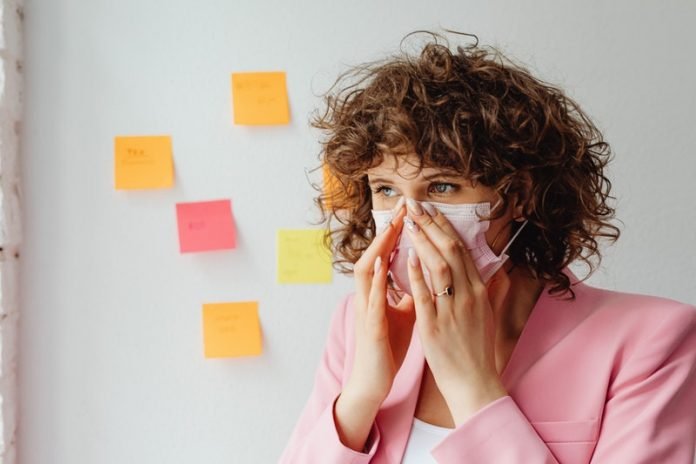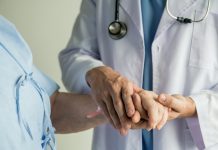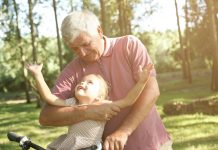
In a new study from the University of Cambridge, researchers developed a new interactive graphic to help people decide what to do in everyday situations to protect themselves, and others, from COVID-19.
Based on estimates provided by 26 international experts, it shows the different pathways that may be taken by the virus that causes COVID-19 when it transfers between two people.
It is designed to help illustrate the risks of catching COVID-19 in different scenarios—and what can be done to reduce those risks—based on the available evidence.
As well as the areas of scientific consensus, it also conveys the uncertainties and the disagreement that exists between experts about how the virus behaves, how it is transmitted, and how we can best reduce the likelihood of transmission through personal and social measures.
The researchers say the tool should support decision makers and the public to make informed decisions about how to reduce virus transmission in different contexts, such as how to make a workplace or a public area as safe as it can be while still being open and functional.
To create the tool, the researchers consulted 26 experts from a range of disciplines and countries, asking them for every value needed to underpin the graphic.
These included the importance of different virus transmission routes (eg. small and large airborne droplets, contact with contaminated surfaces) during a range of activities (eg. talking, coughing, exercising, eating) in different environments (eg. outdoors or indoors in different sized rooms, with or without ventilation).
They also gathered estimates on the importance of different protective measures (eg. face coverings and screens, physical distancing, hand hygiene, surface cleaning) in reducing transmission.
Analysis of all the values showed that airborne transmission routes were most important in almost all situations, while face coverings, especially when worn by an infected person as a form of source control, were the most important mitigation measure.
But importantly, all routes were considered to play a part in transmission, and simple measures such as physical distancing, hand washing, and respiratory hygiene all made a useful contribution.
The researchers found important evidence gaps and differences in opinion amongst experts around several variables, including the role of aerosol transmission; the effects of different kinds of masks on inhaled aerosols; and the effects of face coverings on transfer from hand to eyes, nose, and mouth.
The authors acknowledge some study limitations and say generating robust evidence on the complex and highly contingent routes of COVID-19 virus transmission is not straightforward.
But they say they hope their approach will prove helpful to those faced with the challenge of communicating complex, imprecise, and uncertain evidence in the future.
If you care about COVID, please read studies about scientists discover a major cause of death in COVID-19, and findings of masks and distancing are not enough to stop spread of COVID-19.
For more information about the pandemic, please see recent studies about this new finding may help close door on COVID-19 and results showing that this common drug may reduce your risk of COVID-19 infection.
The study is published in The BMJ. One author of the study is Alexandra LJ Freeman.
Copyright © 2021 Knowridge Science Report. All rights reserved.



